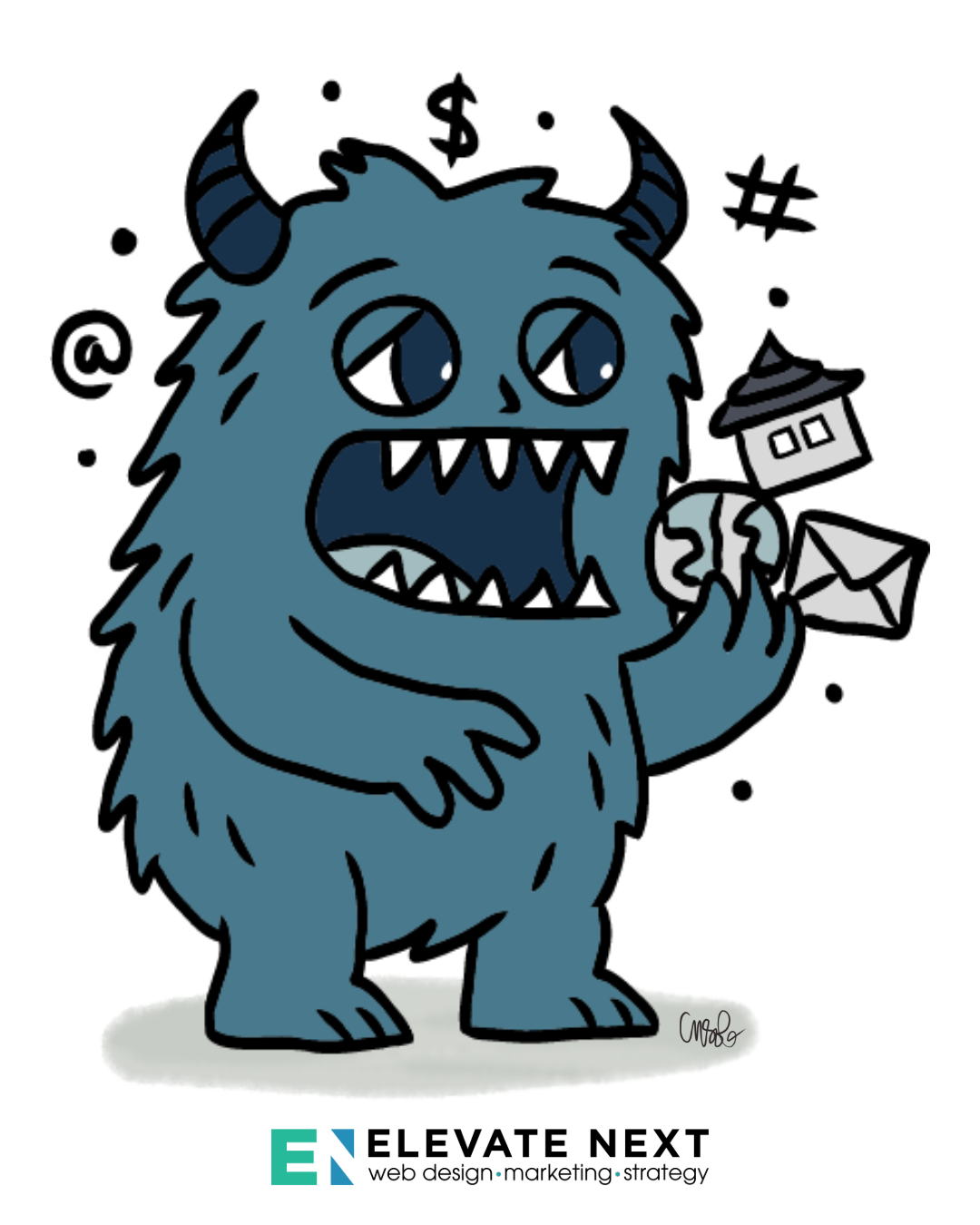Overcoming Enshittification
Create Content for People, Not Profits
Merriam-Webster actually highlighted the word ‘enshittification,’ coined by writer, activist, and journalist Cory Doctorow. The slang word, referenced by a well-respected dictionary, naturally caught my attention.
Soon after discovering this concept, I read a post by organizational psychologist, Adam Grant, who argues,
“Cursing is rarely a symbol of low class. It’s often a mark of high authenticity. Evidence: Swearing predicts higher rates of honesty and integrity. It signals a willingness to prize candor over courtesy. A little profanity shows that you’re being real and you do give a damn.”
My conclusion? Anyone bold enough to name a problem as such is pretty serious about the issue.
So, What is Enshittification?
Merriam-Webster Dictionary defines enshittification as:
“An informal word used to criticize the degradation in the quality and experience of online platforms over time, due to an increase in advertisements, costs, or features.
“It can also refer more generally to any state of deterioration, especially in politics or society. Similar forms include enshittify and enshittified.”
As funny as the term sounds, “enshittification” describes a real digital (and perhaps societal) dilemma: platforms that once helped small businesses grow now often exploit them.
That doesn’t mean business owners are powerless.
So, What Do We Do About It?
Suppose online environments, and particularly social media platforms, have worsened the average user experience due to advertising spending, artificial intelligence, and algorithms that prioritize profits over content quality and user experience (people/humanity).
Think about the current user experience of X/Twitter and Meta. What can small business owners who give a damn about this predicament do?
1) Own Your Own Digital Real Estate
Small business owners should first ensure they own their own digital real estate — specifically: websites, domains, digital content, and email newsletters.
By maintaining a well-designed, optimized website with regularly updated content that can be delivered directly to your audience via email subscriptions and shared on social media, business owners can draw their target audience(s) to their content
2) Diversify and Decentralize
Create Modular Content for Multiple Platforms
Develop content (visuals, audio, and copy) that can be shared across multiple platforms and channels, reducing reliance on a single platform, and always encourage your audience to explore more on your website.
Explore Decentralized Social Media Platforms
Bluesky,* a project initiated at Twitter (now X) in 2021, was an experiment in decentralized social media. It is now a standalone company (Bluesky Social) and an app designed to let users create their own algorithms—i.e., determine which content they wish to consume.
As of October 2025, Bluesky had nearly 40 million users, adding a new user every 0.3 seconds. This is still relatively small compared to Facebook, which had 3.07 billion daily users in the same period. (This is not an apples-to-apples data comparison, but it gives a visceral understanding of the app’s mass adoption as platform adoption scale differences.)
Bluesky’s CEO, Jay Graber, promised to avoid platform enshittification with ads. (Evaluate this statement in historical relation to publicly-traded Meta, whose advertising across its family of platforms generated 98.9% of its total revenues in 2024.)
It remains to be seen whether mass adoption of Bluesky occurs, and, if so, whether it will monetize services and become enshittified. In the meantime, the app offers a niche alternative social platform that may help your content stand out amid the noise characteristic of a larger platform.
As with any social media platform, use it as a single node in a resilient digital ecosystem, with your website content and email newsletter at its core.
3) Build Trust and Loyalty Through Public Relations
Employ Public Relations
Remain transparent and community-focused with your audience(s). If small business owners need to increase prices, they should communicate the cause — whether tariffs or other external factors — and the reasoning behind the increase to build loyalty.
Encourage user-generated content (UGC) by sharing contributions, inviting co-creators, spotlighting customers, and building community, rather than chasing content virality dictated by each platform’s unique algorithms.
Provide a Clear Call to Action
Offer readers, viewers, and listeners an opportunity to subscribe to your newsletter or visit your company’s website to read more in-depth information and stay connected with your brand if—or when—a social media platform becomes enshittiffied.
Leverage Meaningful Metrics, Not Vanity Measures
Dig into your website traffic (and its sources), time spent on individual pages, click-throughs on newsletter campaigns, and comments on social media posts.
Are people engaging with and following your content rather than simply “liking” it? What type of content (i.e., media, topics, etc.) is your audience responding to the most - and where?
Google Search Console* is a practical, free analytics tool that helps you understand how people are interacting with your website, where they’re located, how they arrived, and what to fix if something breaks (which can lead to a drop in traffic). Leverage your traffic and engagement data across your digital ecosystem to hone in and refine your brand’s understanding of its ideal customer persona and target audience.
Creating a Resilient Digital Ecosystem
Enshittification may be inevitable on platforms that prize profit over people — but small business owners don’t have to roll over. By practicing digital asset management, diversifying where you share content with encouragement to visit your website or to subscribe for more, and prioritizing community and transparency, you can keep your marketing authentic and sustainable.
The antidote to enshittification isn’t abandoning technology; it’s stewardship in creating and sharing quality content on a platform you own that contributes value to your target audience (not the platform you use).
Related Articles
*Note: The author is not affiliated with the software companies referenced in the “Overcoming Enshittification” article.




Building an online community transforms one-time buyers into loyal advocates, creating a ripple effect of engagement, trust, and increased visibility.